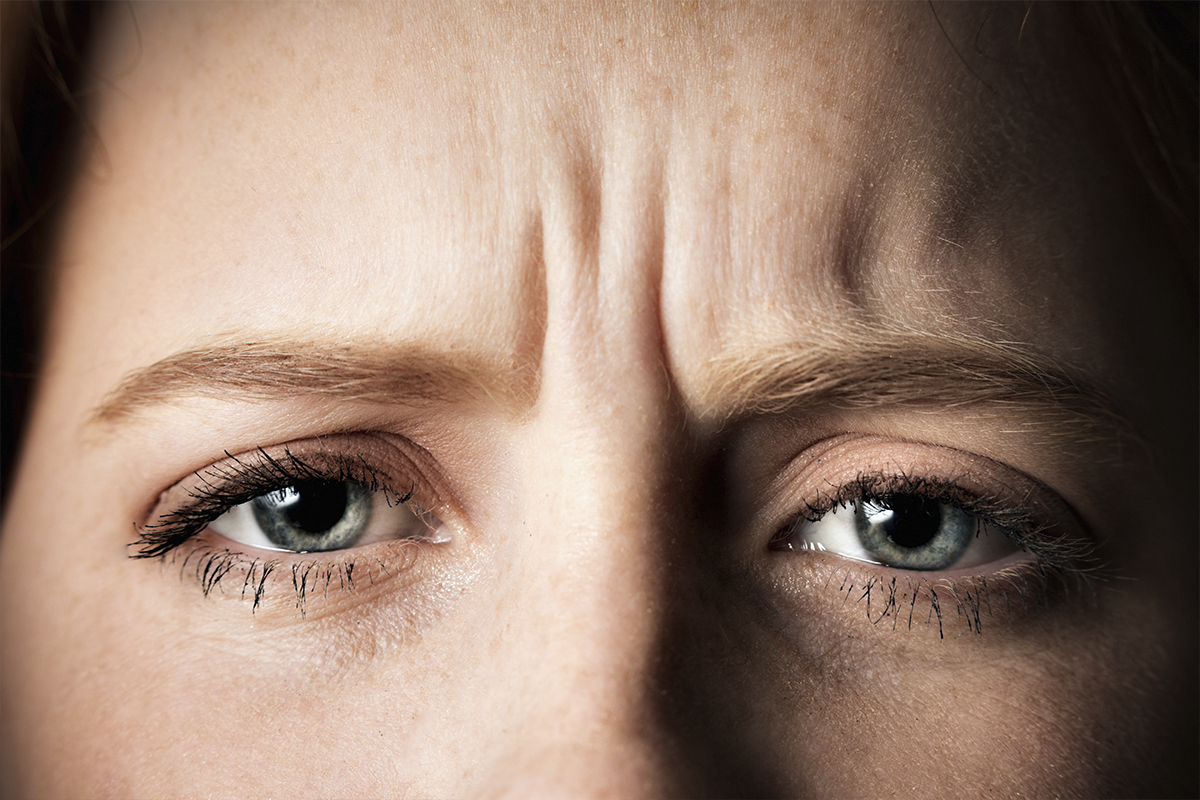Introduction:
Frown lines, also called glabellar lines or “11s,” are vertical creases that appear between the brows. They are a natural result of facial expressions and ageing, but many people want to reduce their appearance to look more youthful and relaxed. Among the various treatment options available, Botox is a popular and effective choice. In this article, we’ll look at how Botox works to treat frown lines, its efficacy, safety concerns, what to expect during the treatment process, and the science behind Botox’s mechanism of action.
Understanding frown lines:
Frown lines are primarily caused by repeated facial movements such as squinting, frowning, or furrowing the brow. Over time, these movements cause lines and wrinkles to form in the skin, especially in areas where the skin is thinner and more prone to creasing, such as between the brows.
The skin’s ageing process also contributes to the formation of frown lines. As we age, our skin loses elasticity and firmness as collagen and elastin production decreases. This, combined with repeated muscle contractions, causes more pronounced and permanent frown lines.
Botox Mechanism of Action:
Botox 100 Units Injection, or botulinum toxin, is a neurotoxic protein produced by the bacterium Clostridium botulinum. While it is lethal in large doses, when used in a controlled medical setting, it can be extremely effective in treating a variety of conditions, including frown lines.
Botox’s mechanism of action revolves around its ability to block the release of acetylcholine, a neurotransmitter that signals muscle contractions. When injected into the muscles that cause frown lines, Botox temporarily inhibits their ability to contract, preventing wrinkle formation and smoothing out existing ones.
Treatment Process:
Before receiving Botox treatment for frown lines, consult with a qualified healthcare professional, usually a dermatologist or plastic surgeon. During the consultation, the provider will review your medical history, talk about your goals and expectations, and determine whether you are a good candidate for Botox injections.
The actual treatment procedure is quick and minimally invasive. After cleansing the treatment area, the provider will use a fine needle to inject small amounts of Botox into the muscles between the brows. While the injections may cause some discomfort, many providers recommend topical anaesthesia or ice to numb the skin and alleviate any discomfort.
Results and recovery:
Patients can usually resume their normal activities immediately after receiving Botox 50 Units injections, though strenuous exercise and rubbing the treated area should be avoided for the rest of the day. Botox treatment can take several days to fully take effect, with optimal results typically appearing 7-14 days later.
The duration of Botox results varies from person to person, but they typically last 3-4 months. As Botox’s effects fade, muscle activity gradually returns to normal, and frown lines may reappear. However, with regular maintenance treatments, many people can maintain smoother, more youthful-looking skin in the long run.
Safety considerations:
When administered by a qualified healthcare professional, Botox is regarded as a safe and well-tolerated frown line treatment. However, as with any medical procedure, there are risks and side effects to consider. Botox injections may cause temporary redness, swelling, bruising, or headaches at the injection site.
In rare cases, more serious complications such as allergic reactions, muscle weakness, or drooping eyelids (ptosis) may develop. To ensure the safety and suitability of Botox treatment for you, discuss any concerns or medical conditions with your healthcare provider before proceeding.
Recent Advancements and Research:
In recent years, researchers have been looking into new ways to improve the efficacy and longevity of Botox treatments for frown lines. One promising approach is to use combination therapies, such as Botox with dermal fillers or skin resurfacing procedures, to achieve more comprehensive and long-term results.
Furthermore, ongoing research is aimed at creating next-generation botulinum toxins with improved properties such as faster onset of action, longer duration of effect, and lower risk of side effects. These advancements have the potential to improve the treatment of frown lines and broaden the options available to patients seeking cosmetic enhancement.
Conclusion:
Botox has transformed the field of cosmetic dermatology by providing a non-surgical solution for reducing frown lines and restoring a youthful appearance. Botox injections can smooth out existing wrinkles and prevent new ones from forming by temporarily relaxing the muscles that cause them.
Botox treatment, like any other cosmetic procedure, should be performed by a qualified and experienced healthcare professional to ensure the best results and reduce the risk of complications. Botox, with proper care and maintenance, can be an effective tool for smoother, more radiant skin and increased confidence.
Looking ahead, ongoing research and innovation in cosmetic dermatology promise to improve the safety, efficacy, and longevity of Botox treatments, giving patients even more options for achieving their aesthetic goals. Individuals can make informed skincare decisions and confidently embrace Botox’s transformative potential by staying informed and working closely with trusted healthcare providers.
Visit: Pills4cure

